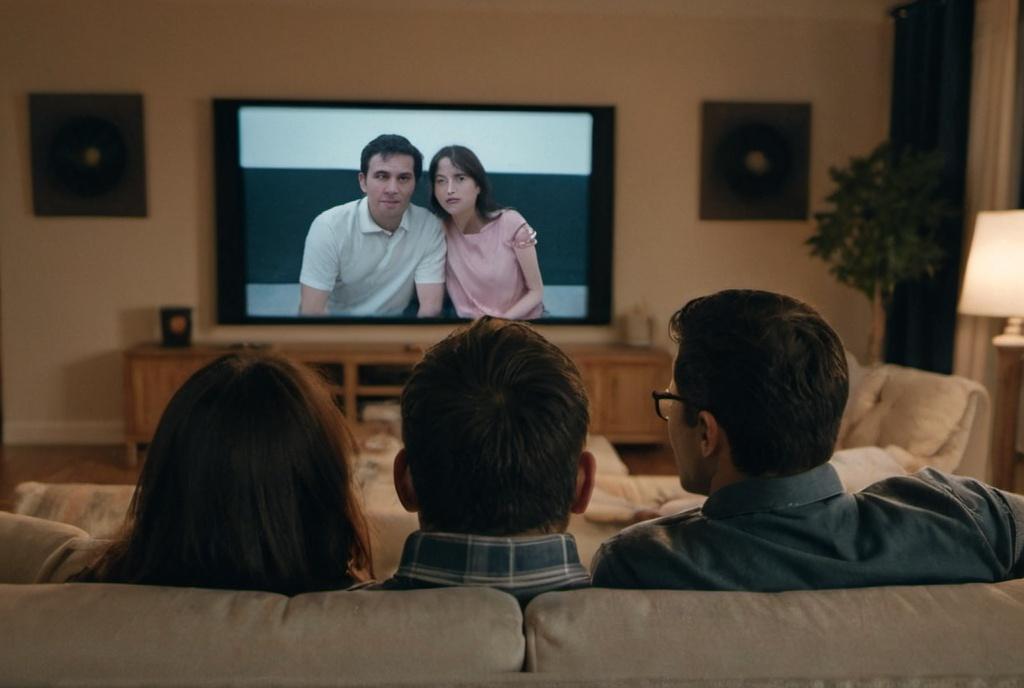
Key Take Aways About film theory basics
- Film theory explores elements from film structure to viewer psychology, akin to peeling an onion.
- Structuralism and semiotics reveal patterns and symbols, influencing audience interpretation.
- Auteur theory attributes the director as the primary creative force, akin to an artist.
- Queer and feminist theories examine gender and representation in cinema.
- Marxist film theory analyzes films’ portrayal of socioeconomic classes.
- Psychoanalytic theory explores films’ effects on the subconscious.
- Formalism and realism focus on film technicalities and authentic storytelling.
- Understanding film theory aids in smarter investment and prediction of audience trends.

Understanding Film Theory
Film theory isn’t just about watching movies while munching on popcorn. It’s a lot like peeling an onion, layer by layer, where each layer tells you something about what makes a film tick. While not quite as eye-watering as slicing onions, film theory peeks into everything from film structure to viewer psychology.
Structuralism and Semiotics
Starting with structuralism, it basically says that films follow certain structures and patterns that affect how we understand them. Think of it like a cake recipe. Add in semiotics, which is all about symbols and signs in movies, and you’re onto something. These symbols might be something like a dark, stormy night to convey danger or tension. Ever noticed how directors love using rain to show a dramatic moment? That’s semiotics at play.
The Auteur Theory
Now, let’s get personal with the Auteur Theory, which credits the director as the film’s main creative force. Hitchcock, Tarantino, Scorsese—they’re not just directors; they’re like the artists of their films. Imagine a painter with a vision and a brush; that’s what these directors are to their films.
Queer Theory and Feminist Film Theory
Then there’s queer theory and feminist film theory. It ain’t just about labels and boxes. Queer theory digs into film to see how it challenges or enforces societal norms about gender and sexuality. Feminist film theory gets even more interesting, analyzing how women are represented—often with fewer clothes and more screams—in traditional cinema narratives. Both push for new ways of looking at and making films that challenge traditional stereotypes.
Marxist Film Theory
Moving onto Marxist Film Theory, it’s not just all about hammers and sickles. This theory examines how films reflect, reinforce, or challenge socioeconomic classes. You know the underdog triumphing over the greedy corporate tycoon’s plot? You’ve watched a Marxist film playbook unfold without even knowing it.
Psychoanalytic Film Theory
Ever wonder why you dream about falling or why certain scenes stay in your head long after watching? Enter psychoanalytic film theory. This one digs into how films tap into our subconscious. It’s like all those thriller movies tricking you into sitting on the edge of your seat even though your brain knows it’s all fake.
Formalism and Realism
Lastly, formalism and realism offer two eyes through which to look at films. Formalism focuses on the technical aspects—the camera work, the editing, that slow-motion walk away from an explosion. It’s the bells and whistles of filmmaking. Realism, on the other hand, means capturing life as it is. It’s all about trying to tell stories that make you think of real life.
The Financial Connection
So why does this matter to someone holding the purse strings? Because understanding film theory can influence investment choices. It’s like knowing the best fishing spots before you cast your line.
Box Office Success and Audience Trends
Big studios love a formula that guarantees returns. Knowing that audiences can’t resist a good underdog story or love a well-placed explosion can guide investment decisions. Understanding these trends can lead to better financial forecasting for films.
Marketability and Audience Engagement
Think of film theory as the secret sauce in movies that engage audiences. Recognizing what resonates with viewers can help in marketing efforts. Remember how “Jaws” made an entire world afraid of the water? A classic example of how understanding audience psychology can drive film promotion.
Risk Management in Film Production
Predicting what audiences will like isn’t just an interesting puzzle; it’s also about minimizing risk. Knowing when to invest in a high-concept, avant-garde film versus a safe, comedic holiday flick requires insight into trends, audience expectations, and film theory.
Conclusion
To wrap it up, film theory is like a crystal ball for the movie industry. Getting a grasp of it means smarter investment decisions, spotting the next big trend, and maybe, just maybe, figuring out why the rain in movies always falls right on cue for that dramatic kiss. So next time you watch a film, think about the layers, and maybe you’ll see where the smart money goes.



